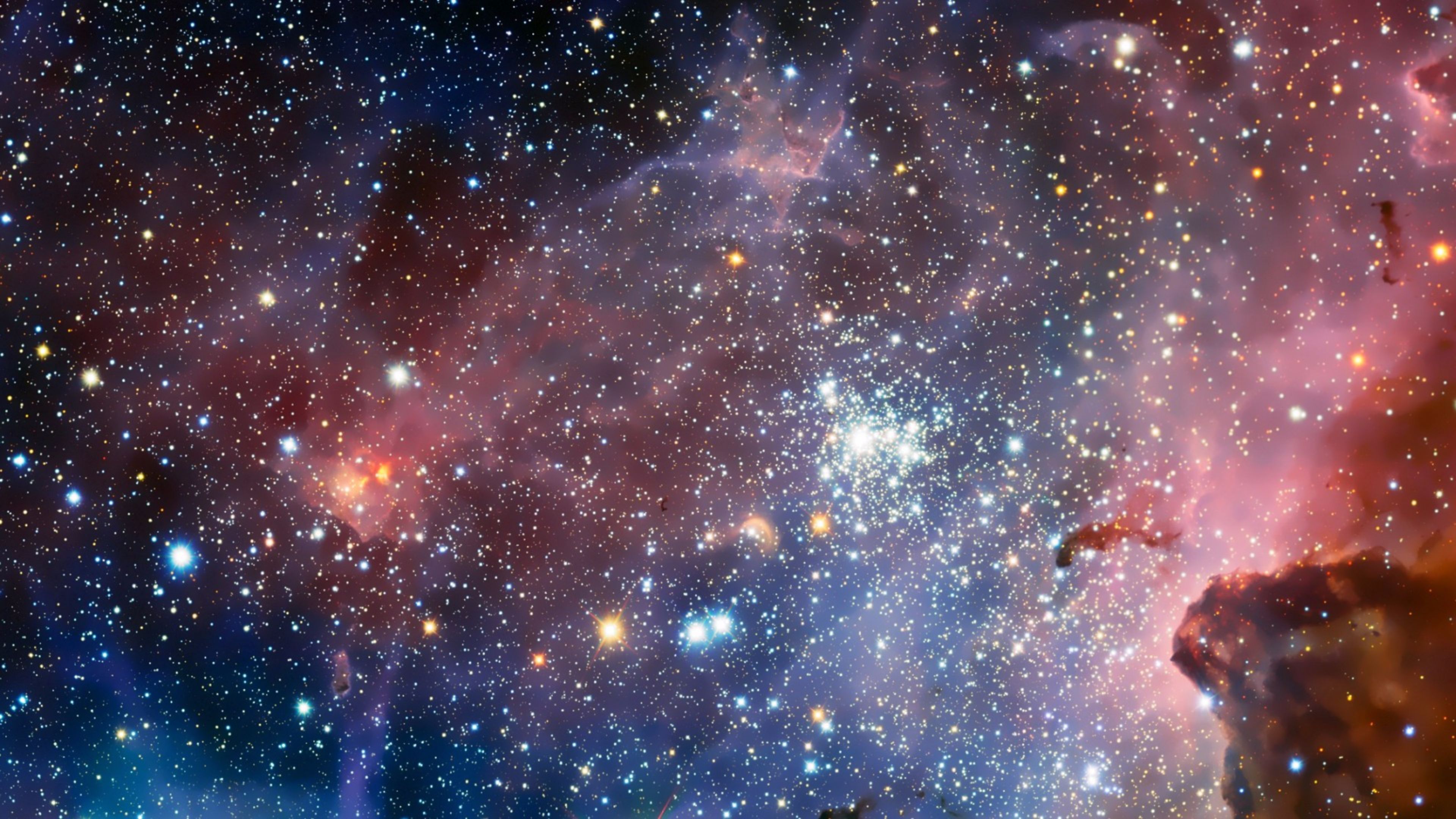Have you ever wondered what space is made of? Is it just a vast expanse of nothingness, or is there more to it? As a space enthusiast, you might be interested to know that space is not entirely empty. In fact, it is filled with a variety of things, including dark matter, dark energy, normal matter, electromagnetic radiation, cosmic rays, and magnetic fields.
Let's start with the mysterious dark matter. It is a form of matter that does not interact with light or other forms of electromagnetic radiation, making it invisible to telescopes. However, scientists have inferred its presence by observing its gravitational effects on visible matter. Dark matter is believed to make up about 85% of the total matter in the universe, making it a significant component of space.
Next, we have dark energy, which is an even more mysterious form of energy that is thought to be responsible for the accelerated expansion of the universe. Unlike dark matter, which is still a matter of debate among scientists, dark energy's existence is widely accepted. However, its nature remains elusive, and scientists are still trying to understand it better.
Apart from dark matter and dark energy, space also contains normal matter, which includes stars, galaxies, gas, and dust. Although this type of matter makes up only a small fraction of the total matter in the universe, it is the matter that we can observe and study directly. Stars, for instance, are fascinating celestial bodies that emit light and heat, and they play a crucial role in shaping the universe.
In addition to matter, space is also filled with electromagnetic radiation, which includes visible light, ultraviolet, and infrared radiation, X-rays, and radio waves, among others. These types of radiation are emitted by various objects in space, such as stars and galaxies. They are essential for astronomers to study the universe, as they can reveal information about the temperature, composition, and velocity of celestial objects.
Moreover, space contains cosmic rays, which are particles that are moving at high speeds. These particles are believed to originate from various sources, such as supernova explosions and black holes. They can also have harmful effects on astronauts and space technology, making it essential to study them.
Lastly, space is also permeated by magnetic fields, which are produced by various sources, such as the Earth's magnetic field and the magnetic fields of stars and galaxies. These fields can influence the behavior of charged particles in space, such as cosmic rays and the solar wind.
Tags:
Cosmology

